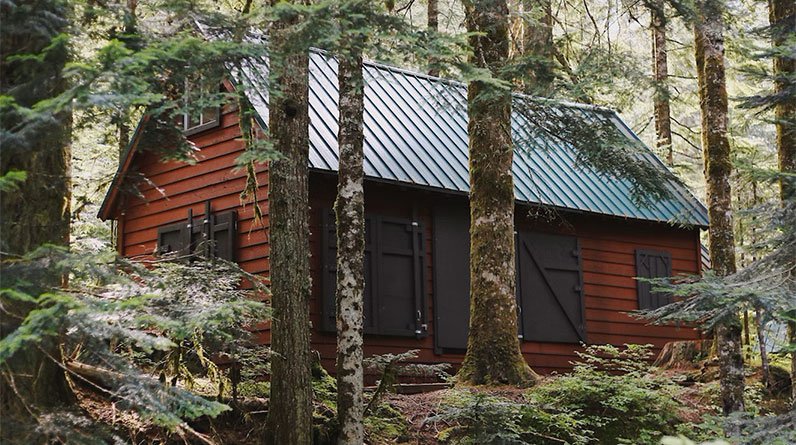
Living Off the Grid with a Wind Generator
When you live off the grid, there isn’t always the option to switch on your home’s lights, heat, and water heater with a flick of a switch.
Instead, you have to remain resourceful and intentional about how you use energy and natural resources. That means knowing which appliances are your home’s biggest energy hogs and finding creative ways to limit their usage.
Off-grid homes don’t have access to a centralized utility company that provides them with electricity or natural gas. Instead, these houses usually have alternative sources of power such as solar panels or micro-hydroelectric generators that can be used for lighting and heating water.
To further reduce energy usage in your home, it makes sense to invest in an off-grid wind generator.
In this article, we’ll explore some common misconceptions about wind generators and their usage as well as how they can be beneficial in living off the grid.
What is a Wind Generator?
A wind generator is a type of renewable energy technology that uses the consistent force of wind to power homes and businesses.
It takes the kinetic energy of wind and converts it into usable electricity through the process of generating electricity. A wind generator turns the action of the wind into usable electricity through the process of electromagnetism.
By using the power of the wind, you can generate renewable energy to power your home’s appliances, such as your lights, fridge, and even your water pump.
Wind generators can be used for a variety of applications, including homes, farms, and remote areas where access to the electrical grid is limited or non-existent. They are a great solution for people who live off the grid or want to reduce their carbon footprint by using renewable energy sources.
Why Install a Wind Generator?
A wind generator can be an ideal solution for your energy needs. It’s a great option for those who want to reduce their carbon footprint, but it can also be a worthwhile investment for those who want to cut down their monthly power bill.
There are many different types of wind generators on the market today, each with its own specific pros and cons. It’s important to choose a model that meets your unique energy needs and matches your financial situation.
Finding the Right Balance
Many people believe that it makes financial sense and aligns with their environmental values to power their homes or small businesses with the help of a small renewable energy system that is not connected to the electricity grid. This type of system is known as a stand-alone system.
In order to generate dependable power, lower costs, and alleviate as much inconvenience as possible, successful stand-alone systems typically employ a number of different methods and technologies in combination with one another. Reducing the amount of necessary electricity and using systems that are a hybrid of renewable and nonrenewable energy sources are two of the strategies that fall under this category.
In addition to the purchase of photovoltaic panels, a wind turbine, or a small hydropower system, you will need to make an additional investment in some equipment (known as “balance-of-system” equipment) in order to condition the electricity and safely transmit it to the load that will be using it.
This equipment may include:
- Batteries
- Charge controller
- Power conditioning equipment
- Safety equipment
- Meters and instrumentation
How to Choose the Right Size Wind Generator
The size of a generator is important because it contributes to the amount of energy it can produce. It’s important to confirm your generator’s voltage, watts, and amperage before purchasing.
Depending on how many appliances you want to power, the amount of energy you need will vary. A good rule of thumb is to estimate the wattage of the appliances you want to power and then add 20% to that number.
For example, let’s assume your home has 10 appliances, each consuming 1,000 watts. In this case, you’d need 10,000 watts of energy to power all of them.
Typically, wind generators produce anywhere between 2,500 and 20,000 watts, so if you want to power 10,000 watts, you’re going to need a generator that produces at least 10,500 watts.
Conclusion
A wind generator is a great investment for anyone who wants to live off the grid and generate their own electricity or reduce their carbon footprint.
While the upfront cost of purchasing a wind generator can be high, it’s important to remember that it will soon pay for itself.
Moreover, a wind generator will also allow you to access energy when the wind isn’t blowing, so you don’t have to worry about missing out on the energy you need when the weather isn’t cooperating.
When you live off the grid, it’s important to be mindful of your energy usage. A wind generator can help you reduce your energy usage and make the most of your home’s energy resources.
With a wind generator, you can generate electricity, reduce your carbon footprint, and power your home’s appliances without relying on the grid.


